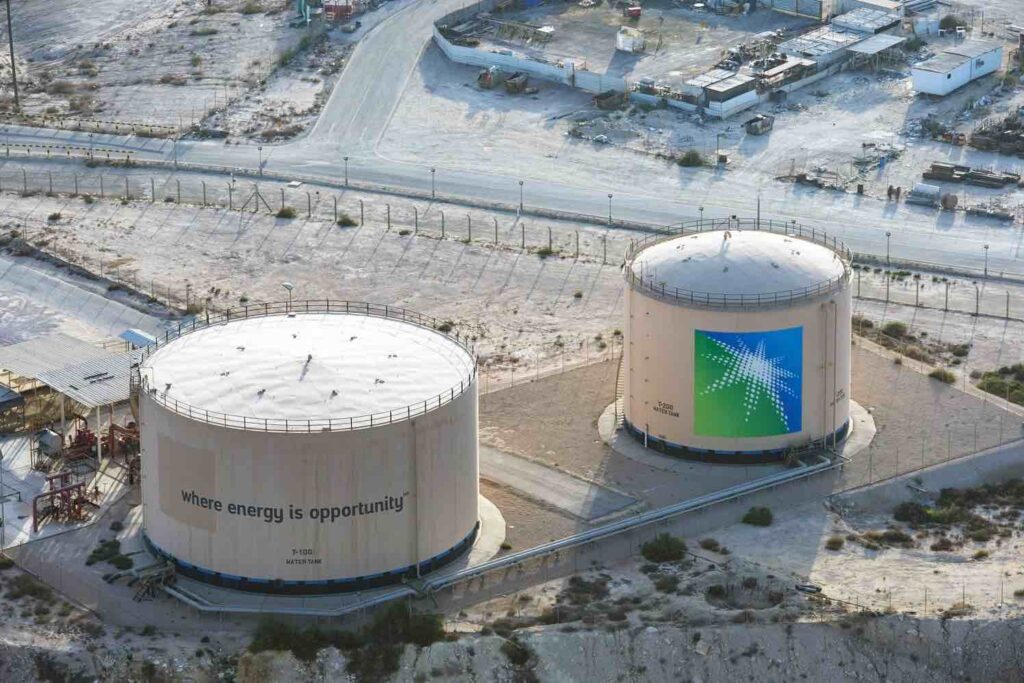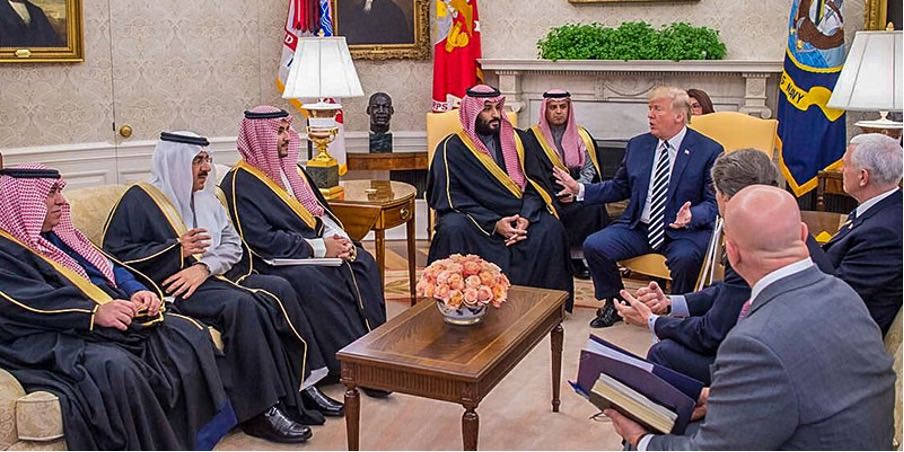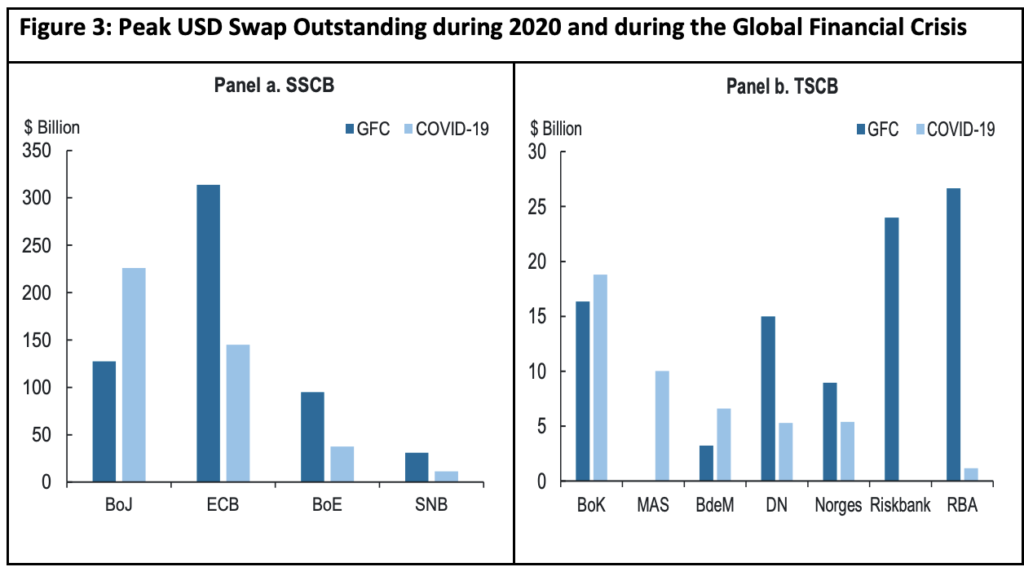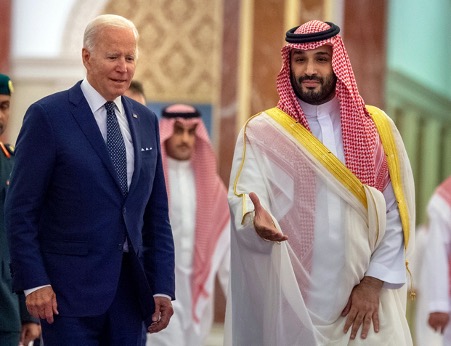Few geopolitical relationships, if any, have drawn as much scrutiny as the relationship between the United States and Saudi Arabia. Born out of a common desire to extract oil from the Eastern Provinces of the Kingdom, the relationship has ebbed and flowed through various wars, the devastating 9/11 attacks and recent human rights violations. Yet despite ever-changing geopolitical conditions, new administrations, disagreements and widespread backlash, the quest for liquid gold has kept the relations between these two nations alive.

Background
The United States, in 1933 gave Standard Oil of California the concession to explore Saudi Arabian lands for oil. This marked the beginning of US involvement in the region and was followed by a fruitful oil exploration five years later by the subsidiary of this company, regarded as California Arabian Standard Oil Company, later dubbed Saudi Aramco. The next three decades were characterised by continued oil exploration in Saudi Arabia, with great uncertainty in the region as the Italian forces attacked during World War II. Even as oil production from Saudi Arabia was low during these times, the United States deployed its army in the region of Dhahran which did not retreat until after the end of the War. This deployment marked the strengthening of relations between the countries and underlined the importance of oil exploration in Saudi Arabia to the United States. The safety of the Kingdom had now become a matter of national defence to the United States.
The next turning point in the relationship came in 1971 when President Nixon abolished the Bretton Woods system of fixed exchange rates. Under this system, all countries maintained a fixed exchange rate with the United States Dollar (underlining the superiority of the United States post World War II), and the United States in turn offered convertibility of US Dollars to Gold.
This announcement was followed by a sudden fall in the demand for US Dollars globally. To counter this and maintain its supremacy in global trade, the United States offered protection for Saudi Arabian oil fields in exchange if the Saudi Royal Family agreed to accept payments for oil exports exclusively in US Dollars, thereby marking the beginning of what is called the petrodollar system. Under this system, all oil trading is settled in US Dollars, underlining the continued supremacy of the US Dollar as the reserve currency.
The agreement between Saudi Arabia and the United States proved so influential due to the sheer amount of oil produced by the Kingdom and its superiority amongst OPEC members. Saudi Arabia is home to 17% of all proven petroleum reserves in the world and enjoys a 35% share in the total revenue of OPEC countries.
Consequently, all oil-importing nations in the world need to maintain USD reserves to ensure they can continue to import what is the backbone of their economies and this will remain the case until countries find alternative energy sources. This explains, in part, why the United States maintains such a large trade deficit with the world.
At this point, it is also important to note that trade deficits mean a surplus in the real goods available to the economy, or in other terms, the opportunity cost of exporting goods made using scarce raw materials is imposed on the exporting nations and United States citizens enjoy access to these goods by obtaining them in exchange for US Dollars that the latter desperately need to ensure energy security. The alliance with Saudi Arabia post the collapse of the Bretton Woods system has ensured that the United States still enjoys the benefits of issuing the reserve currency.
However, it is not an alliance without cost. In fact, the relationship is ridden with controversy, suspicion, geopolitical tensions and the United States forging an alliance with a value system that’s quite the antithesis of its own.

Economic Implications
The trade of oil in the USD means that oil and the USD usually hold an inverse relationship. As the value of the USD rises, the price of oil tends to fall. However, this relationship does not necessarily hold. For example, since the Russian invasion of Ukraine, the price of oil has skyrocketed even as the USD has appreciated. This can be attributed to the role of the USD as a safe haven during times of economic uncertainty and high inflation. Furthermore, we can extend the relationship between the USD & Oil prices to currencies of almost all countries globally except those that maintain strong oil reserves.
In fact, the fall in oil prices after the Global Financial Crisis set off a deflationary spiral in the Eurozone, compelling the European Central Bank to engage in massive Quantitative Easing programs in a bid to add inflation to the system.

Petrorupee or Petroyuan
Many believe that the Petrodollar could soon be replaced by one of the two largest Asian economies – China and India. While such claims are understandable given that India and China are likely to continue to grow quickly, they underestimate the role of the Federal Reserve as the international lender of last resort.
Shadow banks all around the world issue financial claims denominated in dollars as investors consider it to be a safe currency. This means that during times of crises and panics, such as the Global Financial Crisis or the Pandemic when investors dump other assets for cash or gold, the Fed often has to step in to make sure that shadow banks have access to loans from the Fed. Naturally, these loans are not made directly by the Fed, rather they are made by the Fed to Central Banks of other nations which then lend to their financial institutions to make sure that they do not face a bank run during the panic.
This role of the Fed is often overlooked by economists and the press alike but it is absolutely essential to ensure that foreign banks issuing dollar-denominated assets don’t face bank runs during a panic.
While China and India have both been growing strongly, there is still a long way before the Bank of China or the Reserve Bank of India develop the expertise, transparency, stability and trust of investors worldwide as the international Lender of Last Resort. Until then, the supremacy of the dollar is likely to remain unharmed.
Whether the supremacy of the USD in oil trade remains or not is another question though. The answer may well depend on how the United States sees its alliance with Saudi Arabia – a convenient marriage propelling both nations towards prosperity or a soul-selling, gas-addicted alliance with a nation that’s quite the antithesis to the values America was built on.
Written by – Rohan Dubey
Edited by – Mir Irfan Ali




